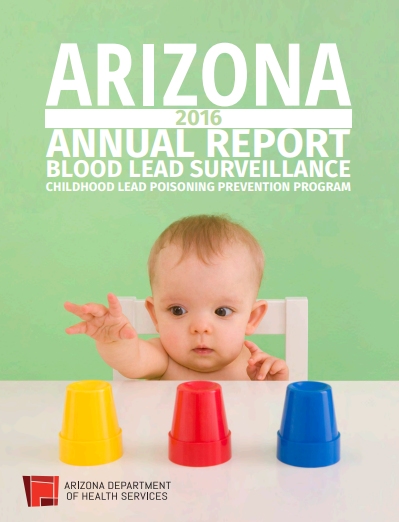 Our Childhood Lead Poisoning Prevention Program has just released their 2016 Annual Blood Lead Surveillance Report. The report describes statewide and county level data, including a breakdown of elevated blood lead levels and screening rates in high-risk zip codes. More than 59,000 children under the age of 6 were tested for lead across the state in 2016. 347 of those children had an elevated blood lead level. See further details in the report for county specific data and screening rates.
Our Childhood Lead Poisoning Prevention Program has just released their 2016 Annual Blood Lead Surveillance Report. The report describes statewide and county level data, including a breakdown of elevated blood lead levels and screening rates in high-risk zip codes. More than 59,000 children under the age of 6 were tested for lead across the state in 2016. 347 of those children had an elevated blood lead level. See further details in the report for county specific data and screening rates.
Childhood lead poisoning is considered the most preventable environmental disease among young children. Even at low blood lead levels, children’s intelligence, behavior, hearing, and growth can be irreparably damaged. Most children will not have any symptoms. The only way to detect lead poisoning is through a blood test. Children living in high-risk zip codes should receive a blood lead test at 12 and 24 months of age. Children not living in a high-risk zip code should have an individual risk assessment questionnaire completed at 12 and 24 months of age.









